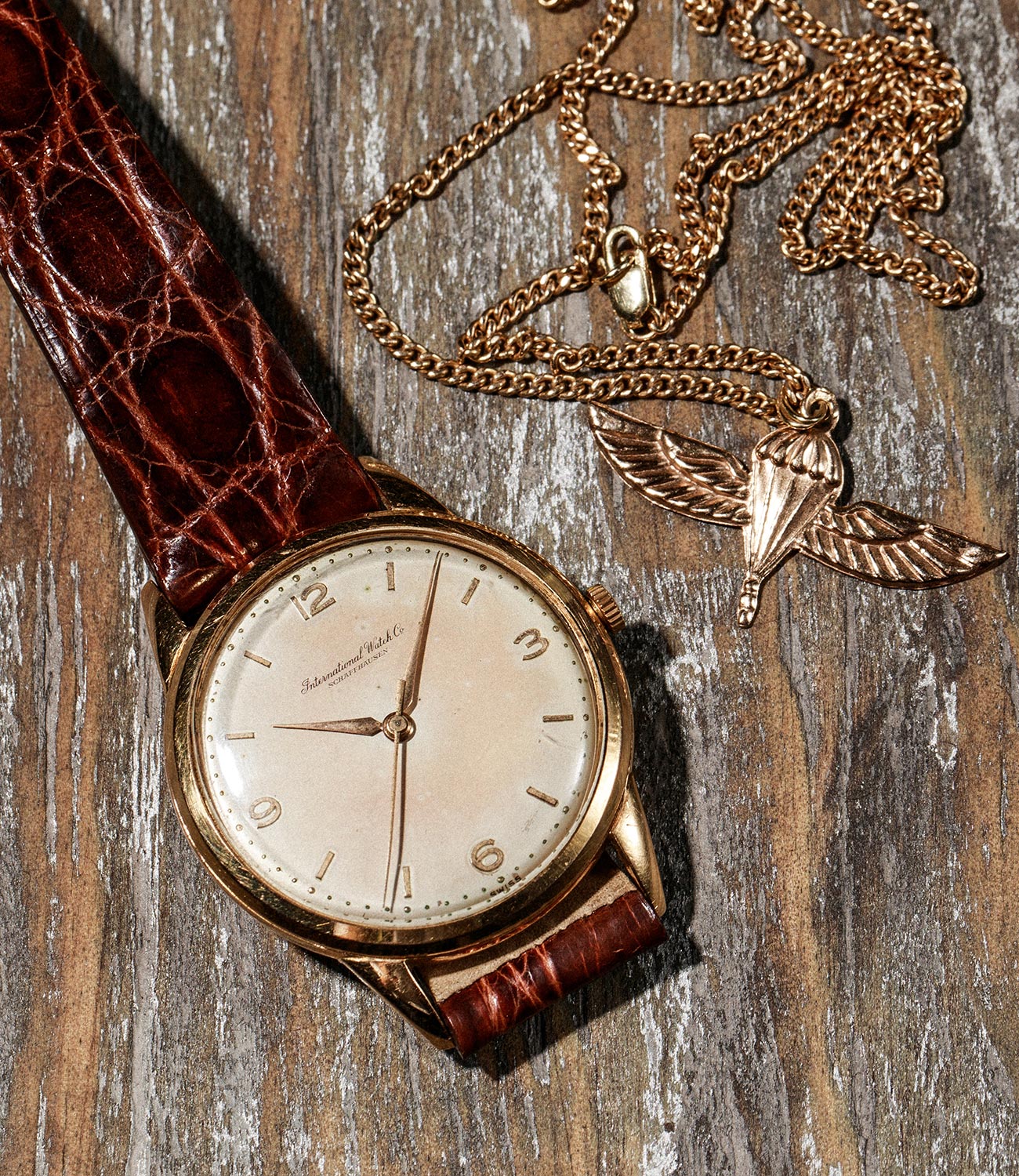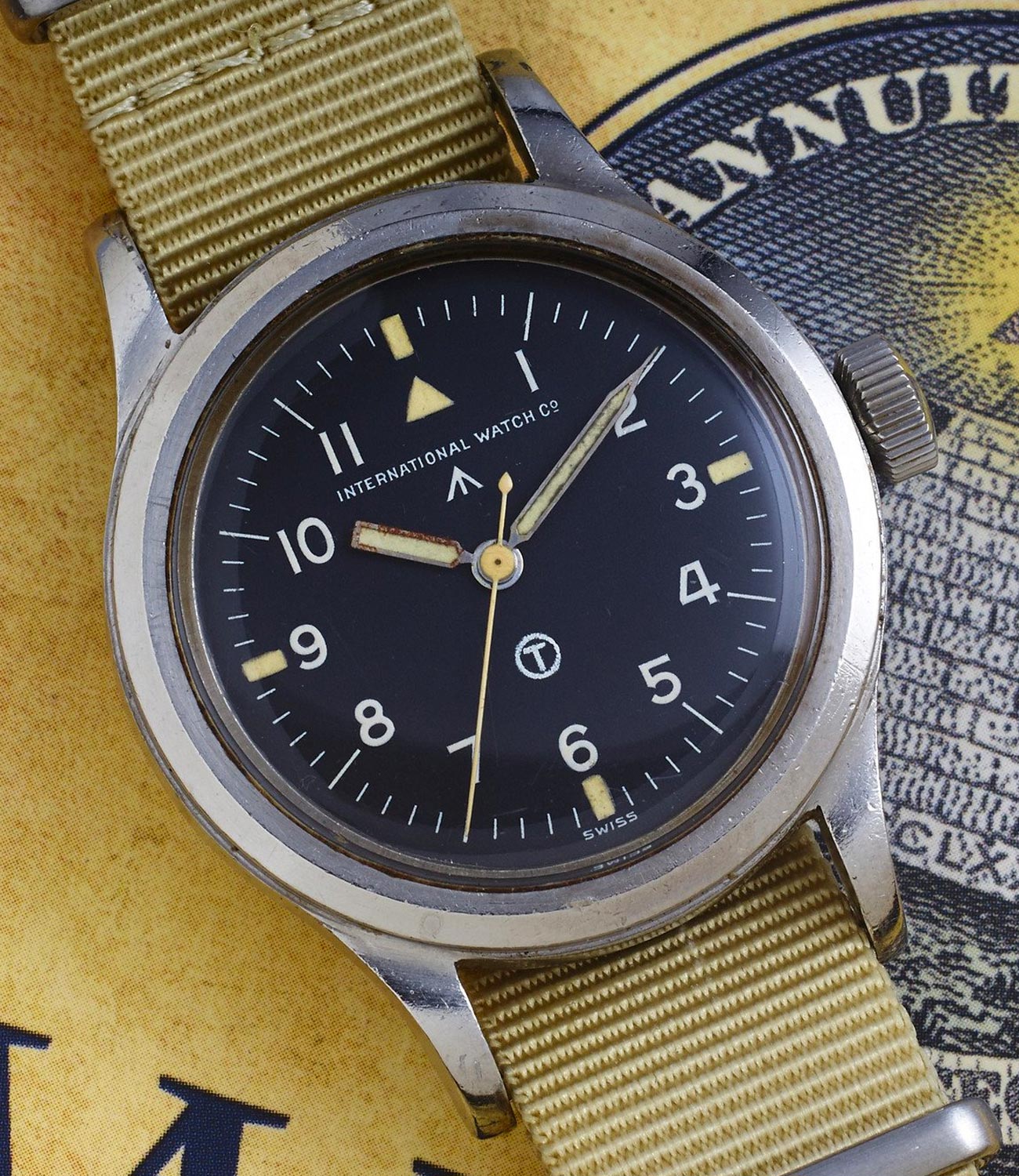Welcome to “Watches You Should Know,” a new bi-weekly (the once-every-two-weeks kind) column highlighting little-known watches new and old that have interesting stories or have had a surprising impact on the industry.
If mid-20th century watchmaking has proved one thing, it’s that simplicity and utility have their own inherent kind of beauty. Crafting something that performs one dedicated task well is the ultimate embodiment of the “form follows function” philosophy, and perhaps nowhere is this more apparent than in International Watch Company’s famed Calibre 89 movement and the watches that featured it.

Photo: Hunter D. Kelley
Developed in 1946 by famed IWC Technical Director Albert Pellaton, the Calibre 89 is an extremely accurate, mechanical three-hand movement with central seconds. Building upon the Calibre 83 utilized in the famed W.W.W. watches the company built at the tail end of World War II (colloquially referred to as the “Mk. X”), the Calibre 89 was featured in the Mk. XI pilots watch that first debuted in 1948. Both IWC and Jaeger Le Coultre developed versions of the Mk. XI for the British Ministry of Defense, but it was ultimately the IWC version, with its soft iron dial and dust cover for increased anti-magnetism, that proved to be the better watch, remaining in service for decades. Subsequent versions of the “Mark” line remain a staple in the IWC colleciton.
Realizing that it had a stellar movement on its hands, IWC decided to mass-produce the Calibre 89, and to house it in simple, three-handed dress watches. As a result, the 1950s and 60s saw the production of gorgeous, 35mm steel and solid gold timepieces that featured the Calibre 89. Simple and elegant, most feature thin baton indices and baton or leaf hands, “International Watch Co, Schaffhausen,” spelled out in a cursive font, and little else. Though many of these watches have been re-dialed in the 60-70 years that have elapsed since their construction, they can still be had with original dials, provided one knows where to look.
The movement itself is a 17-jewel, center-seconds, manually-wound calibre with the option of hacking seconds (when you pull out the crown, the second hand stops for precise synchronization). It beats at 18,000 bhp and, though fairly plain, is overbuilt and easy to service. The bridges (which form a type of frame with the mainplate in which to hold other movement components) feature high-quality Geneva stripe decorations and beveled edges. These bridges feature sturdy pins to secure them to the mainplate, and the bridges themselves are thickly constructed.

Incabloc shock protection ensures that the Calibre 89 is well-poised to hold up in adverse conditions, and the screws used throughout the movement feature oversized threads for better locking. The mechanism driving the central-seconds hand is also particularly robust, keeping the hand under tension to provide smooth travel along the dial.
Remaining in production from 1946 through 1979, the Calibre 89 provided the basis for several modern IWC movements, including the Calibre 5000 and the Calibre 89000 family, whose name obviously is a direct homage to the famed three-hander. The Calibre 5000, first introduced in 2000, reintroduced Pellaton’s winding system and featured an escapement based on the Calibre 89, continuing the IWC tradition of allowing form to follow function, and building quality watch movements that are made to stand the test of time.

